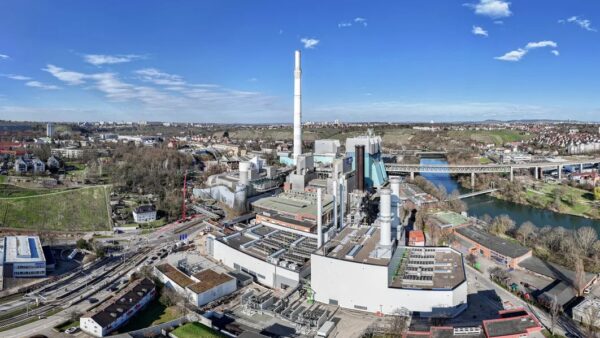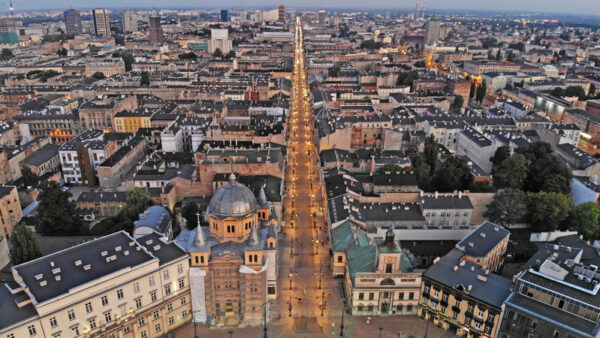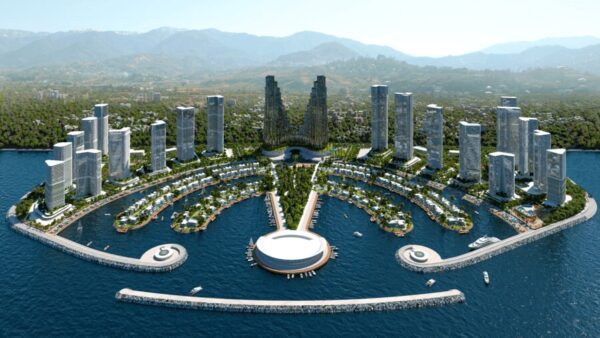A celebration has been held in Croatia to mark the installation of the final section of the Peljesac Bridge, which connects two areas of the country that were divided by a stretch of Bosnian territory.
The EU-funded project, which was undertaken by a consortium led by China Road and Bridge Corporation (CRBC) after a fiercely competitive tender, was completed on Wednesday, followed at midnight by an opening ceremony complete with folk dancers and fireworks.
Croatian prime minister Andrej Plenkovic said during the ceremony that the bridge fulfilled a national dream to connect the country’s Adriatic coastline.
“The Peljesac Bridge is a fascinating strategic achievement of the Croatian people and the government that will serve generations to come,” he said, reports Balkan Insight.
The 2.4km beam and cable-stayed bridge was declared a project of exceptional strategic importance for Croatia, because it will allow drivers to avoid a detour into Bosnia by connecting an isolated Croatian peninsula with the mainland.
When the $431m structure and its road system open to traffic next year, it will connect Split and Dubrovnik, and “greatly benefit tourism, trade and reinforce the territorial cohesion of the South Dalmatia region”, according to the European Commission, which allocated it $357m to the scheme from its Cohesion Fund.
Under discussion 20 years, the bridge project attracted objections from Bosnia Herzegovina, which was concerned that it would restrict the size of ships entering Neum, its only port. As a result, the deck of the bridge was raised from 35m to 55m and the stanchions placed at least 200m apart.
It was also the subject of a post-award legal battle by disappointed bidders Strabag, Astaldi and IC Ictas of Turkey, on the grounds that the state-owned Chinese contractor was a recipient of state aid, and therefore contravened European competition law (see further reading).
Image: The Peljesac Bridge under construction in July 2021 (Ballota/CC BY-SA 4.0)
Further reading:










